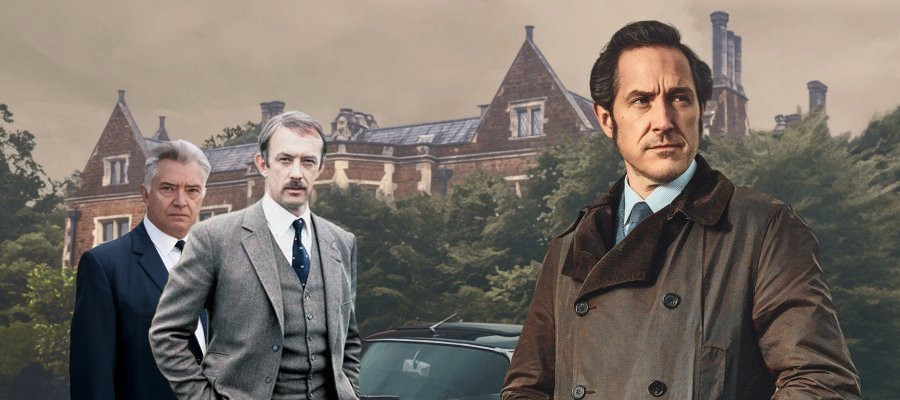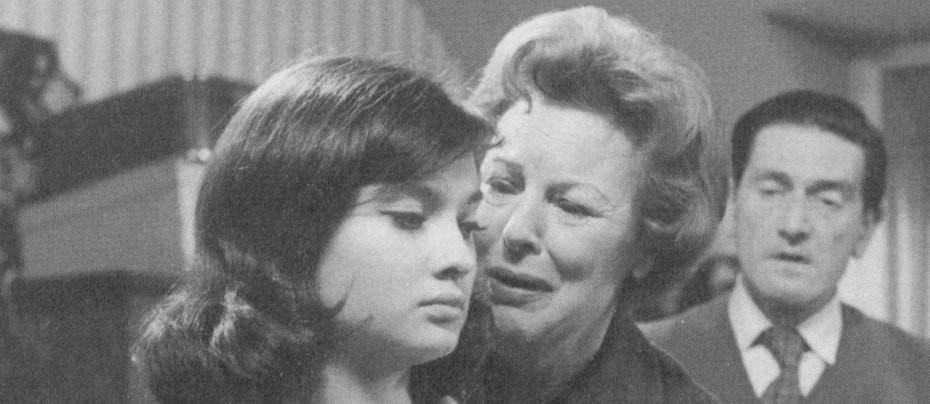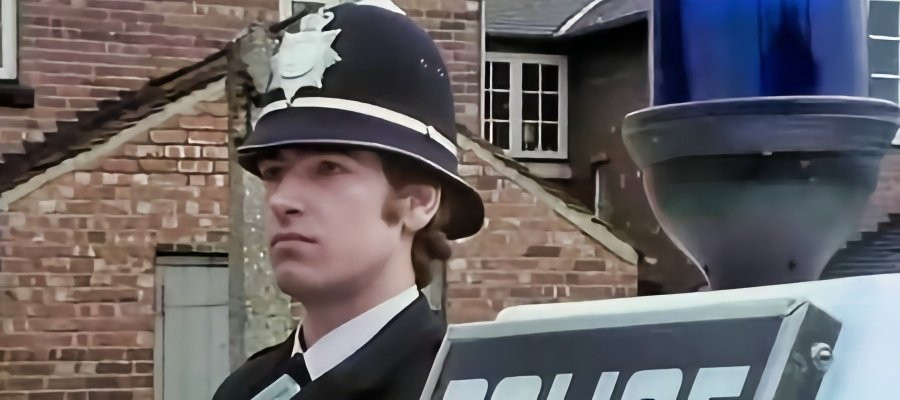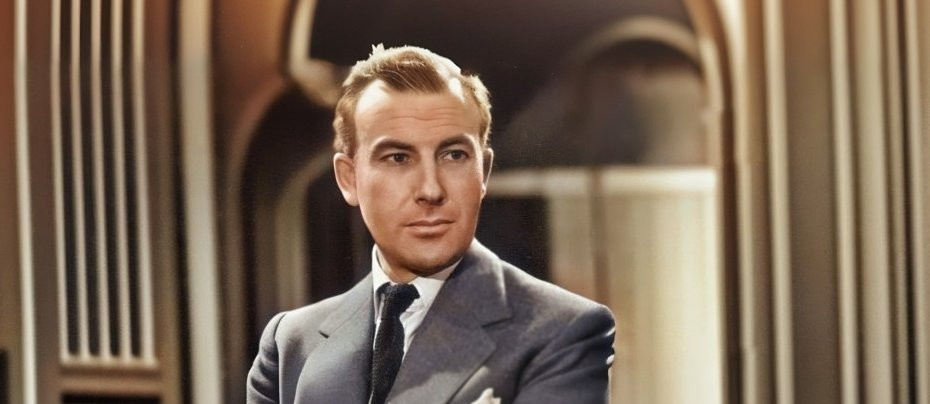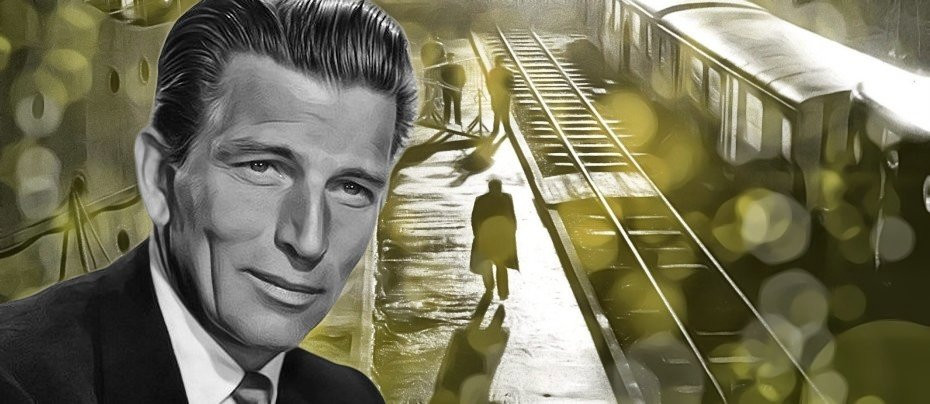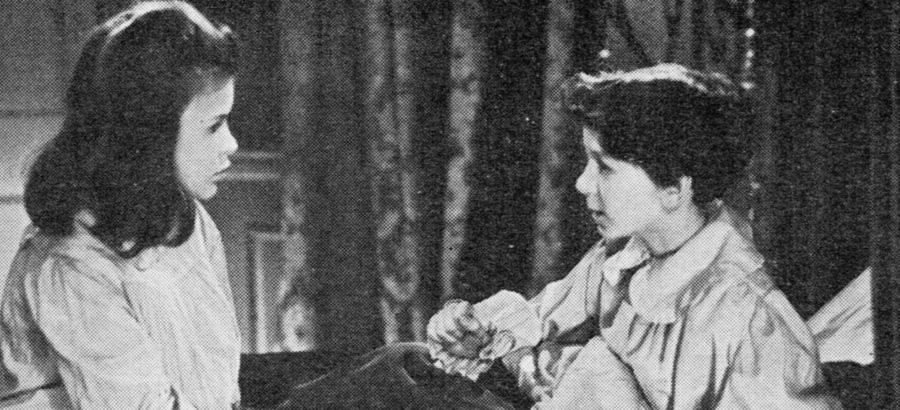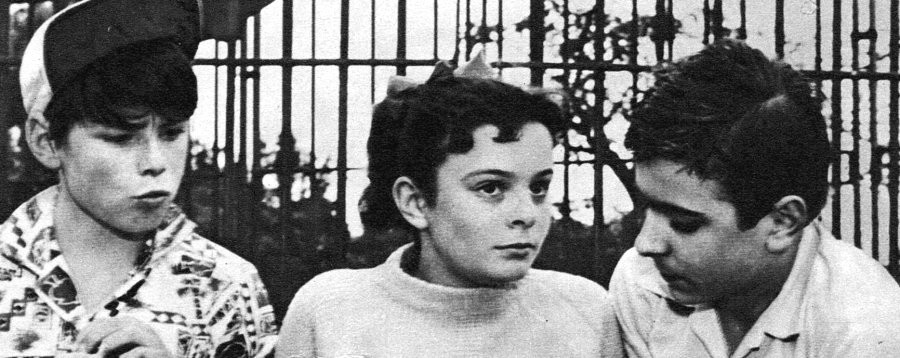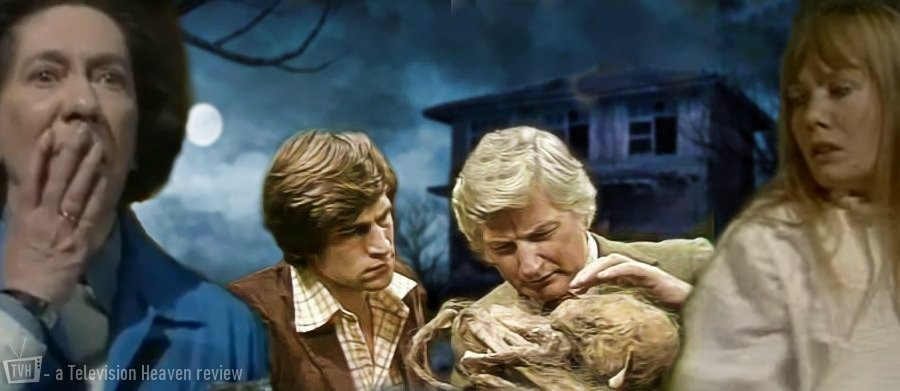
Sexton Blake
1967 - United KingdomWhen Rediffusion Television brought Sexton Blake to the small screen in 1967, they revived a true British pulp icon for a whole new generation. Known once as "the prince of the penny dreadfuls" and affectionately dubbed "the office boys' Sherlock Holmes", Sexton Blake was a character steeped in Edwardian grit, good-humoured action, and a whiff of the fantastical. Yet despite the daring capers and weekend matinee flair, the initial weekday teatime slot seemed curiously chosen — much to the chagrin of the detective’s grown-up fanbase who were, ironically, working when the show aired. Sense eventually prevailed, and the series was moved to a more fitting Sunday timeslot.
Blake was originally created (shortly after Holmes had toppled off the Reichenbach Falls) in 1893 by Harry Blyth, under the pseudonym Hal Meredeth, and appeared in the pages of 'The Halfpenny Marvel'. In a decision that must have haunted him to his last breath, Blyth sold the rights for his character for a mere nine guineas — Blake went on to be penned by over 200 different writers.
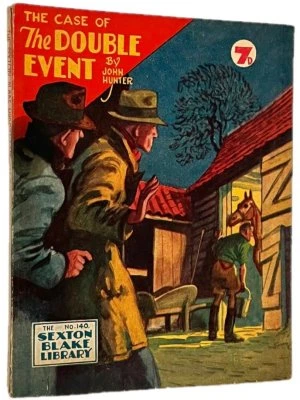
By the time he appeared on television in the late Sixties, Blake had already swapped his early bicycle for a sleek Rolls Royce (nicknamed The Grey Panther), and built up a loyal team: a cigar in place of Holmes’ pipe, the redoubtable landlady Mrs Bardell (rather than Mrs Hudson) played by Dorothea Phillips, a loyal bloodhound named Pedro, and a working-class sidekick in Tinker (full name in the series Edward Clark) whose fists are as quick as his wit.
In the television adaptation Laurence Payne brings just the right mix of debonair toughness and theatrical flair to the lead role. Also known as a bestselling detective novelist in his own right, Payne gives Blake a knowing intensity. His background in classical theatre pays dividends, particularly in the show’s now-legendary duelling sequences. Blake carries no weapons himself, but being a man of action, he is capable of fighting himself out of many an explosive situation with any weapon that comes to hand including the sword, with which he is proficient. In fact, Payne, a skilled swordsman, choreographed the fights himself and suffered a dreadful injury. "I was trained to duel at the Old Vic and I absolutely adore it. I really go for it," he said. But he lost the sight in his left eye while rehearsing a Sexton Blake duel with another actor. "We were in the middle of a really violent stage fight when he gave me a wrong stroke and his sword went straight in my eye," he recalled. "The audience have to know it's a fight to the death and they can sense the excitement. But you should never put a sword in the hands of someone who doesn’t know what they are doing. It wasn't until later that we found out this guy had never held a sword in his life. He just wanted to get the part, poor bloke." Although Payne was blinded, doctors were able to put his eye back so cleverly that it was almost impossible to tell.
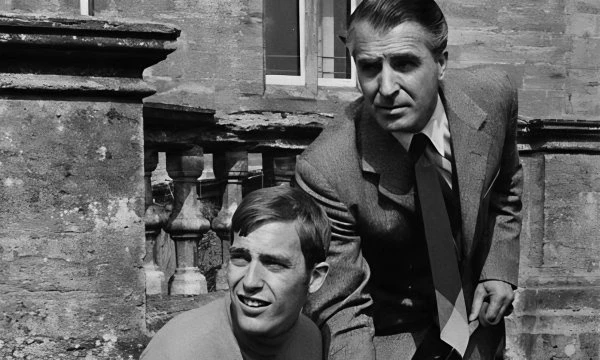
Rick Briggs, a film cameraman on the series recalled another incident whilst filming an episode in the book Coming to You Live! by Denis Norden, Sybil Harper and Norma Gilbert:
'...we were filming a studio scene where Sexton Blake is menaced by a full-grown Bengal Tiger inside a cave. When Sexton makes a dash to escape from it, a portcullis drops down between him and the tiger, effectively stopping the beast coming after him.
The clapper-boy stood well back to mark the shot but he smacked the board down with such a hell of a bang that it must have sounded to the tiger like a rifle-shot. All I can tell you is, he took off - and his forward path being barred by the portcullis, he leapt straight over the camera...over the dolly, right over my head - he cleared the lot.
And not only did he clear it, he took with him the man from Chipperfield's Circus who'd had him on a concealed chain. This Chipperfield lad also went soaring over the camera. And because he still didn't let go of the chain attaching him to the tiger, he was dragged on his stomach across the studio floor.
The whole thing happened in a matter of seconds, but when I looked round, instead of the usual thirty or forty people you generally find hanging round a studio - electricians reading newspapers, props men sipping tea, and so on - the place was empty. The whole lot of them had left ground level. They'd all shinned up the nearest walls or ladders and were now peering down at me from the overhead gantry.'
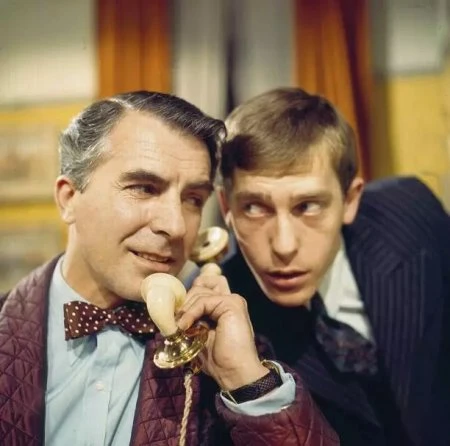
Joining Payne was Roger Foss as the streetwise and ever-game Tinker, a boy from the London streets who once sold newspapers before finding his calling as Blake’s right-hand man. Tinker brings levity, pluck, and a bit of brawn — an essential combination when Blake is drawn into his trademark high-octane scrapes. Ernest Clark, Meredith Edwards, John Woodnutt and Leonard Sachs are some of the many Scotland Yard detectives who inevitably find themselves turning to Blake when a case became too tangled. There are early roles for Nicola Pagett, Brian Cant and Martin Shaw whilst more established actors such as Bryan Pringle, Geoffrey Chater and John Woodnutt also appear. And for eagle-eyed viewers, Blake’s dog Pedro might have looked oddly familiar — because he was. The bloodhound had previously appeared as 'Henry' in television adverts for Quaker Oats alongside Clement Freud, making him something of a celebrity in his own right.
The 1967 series places Blake in his early forties in the year 1928 — a time when the motor car, the telegram, and the last remnants of Empire coexist with a growing appetite for American-style crime thrills. That setting allows the show to remain both nostalgic and briskly modern.
Blake may have lacked the cerebral brilliance of Holmes, but what he offered instead was action, flair, and an unfailing moral compass. He was the hero of boys’ story papers for decades and had now made the leap to TV with a blend of theatricality and earnestness that was difficult to resist.
Thames Television wisely took the reins when they inherited Rediffusion’s franchise, and the BBC even revived Blake for one last hurrah in 1978 with Sexton Blake and the Demon God, suggesting the character still had a few fans left at Broadcasting House.
In retrospect, the 1967 series was a bold, if uneven, attempt to rekindle the fires of a truly British legend. A little creaky at times, sure — but full of charm, daring, and just enough biff-and-bash to keep you watching through tea and toast.
Rating: 4 out of 5 Grey Panthers.
Seen this show? How do you rate it?
Seen this show? How do you rate it?
Published on July 20th, 2025. Written by Laurence Marcus for Television Heaven.


